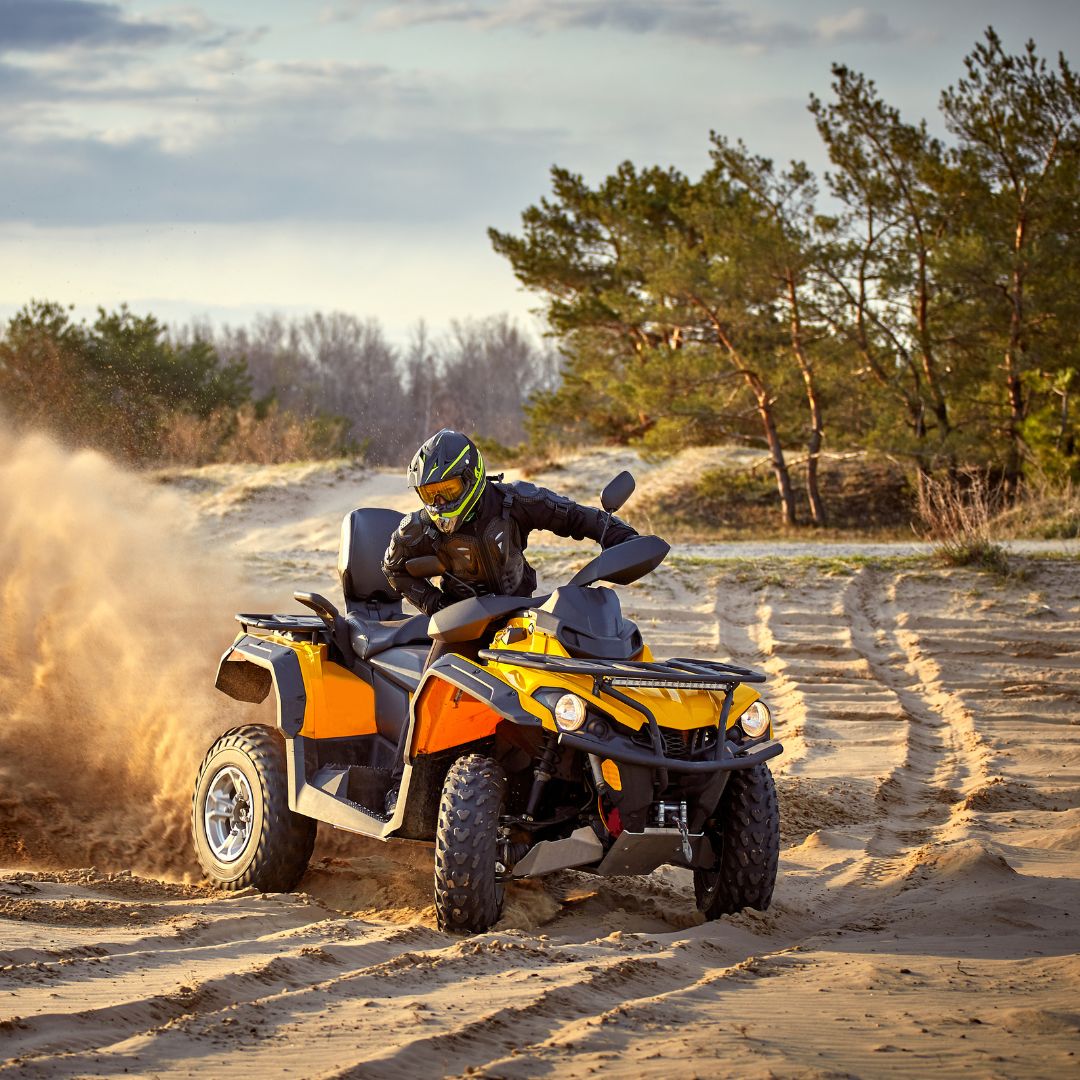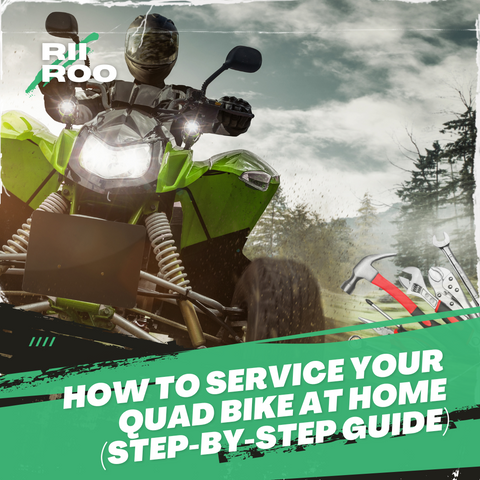
Updated: 9.5.25
Cornering isn't just a technique—it's a mindset. Whether you're navigating trails or tackling tight turns, mastering corners transforms how you ride your quad.
1. Perfect Your Body Positioning
- Lean into turns by shifting your weight to the inside.
- Keep your arms bent and torso flexible for balance.
2. Nail Your Throttle Control
- Maintain a steady throttle through corners.
- Feather gently—especially on loose terrain.
3. Brake Before the Turn
- Brake while upright—never mid-corner.
- Balance front and rear braking to avoid spins or understeer.
4. Master Line Choice
- Enter wide, hit the apex, exit wide—like an arc.
- Keep your head up and be ready to adjust mid-turn.
5. Read the Terrain
Scan ahead for mud, gravel, rocks, or ruts and adjust speed and line early.
6. Use Countersteering Techniques
- Push the bar slightly opposite your turn, then lean in.
- Practice with cones or slalom drills for control.
7. Shift Your Weight
Keep your weight centred when straight and shift in during corners to maintain traction and reduce lift.
8. Practice Smarter
- Use cones for figure-eights and timed drills.
- Add slope, sand, and mud to simulate trail conditions.
9. Gear Up for Safety
- Helmet, gloves, boots, and body armour are non-negotiable.
10. Tune Your Quad
- Adjust tyre pressure and suspension for better grip and feel.
- Experiment to match your setup to the terrain.
11. Look Ahead, Not Down
Focus on where you want to go—not the obstacle. Your body follows your eyes.
12. Stay Adaptable
Mud, sand, gravel, or wet trails each need slight changes in cornering strategy.
13. Learn from the Pros
Attend a clinic or ride with advanced riders to pick up real-world tips and avoid common mistakes.
Common Mistakes
- Braking mid-turn: always brake before.
- Fixating on hazards: keep eyes on your exit line.
- Skipping practice: repetition is key.
FAQs
Can kids use these tips too?
Yes—supervised practice, smaller quads, and the same cornering principles apply for young riders.
How often should I train to improve cornering?
Weekly focused drills can dramatically boost technique and confidence.
Is it safe to try advanced techniques on my own?
Only if you wear full gear, ride in safe spaces, and progress gradually.
Get in Touch 🚀
Enjoyed our guide on Mastering Quad Bike Cornering? Want more pro-level riding tips?
Explore RiiRoo.com for more riding gear and guides—your next corner awaits! 🚗💨










Share:
10 ESSENTIAL Techniques for Proper Quad Bike Braking
Quad Biking and Physical Fitness: Health Benefits of Riding